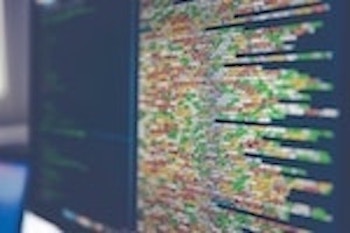Chapter Three: Method
Overview

Chapter Three presented methodologies at once microcosmic and macrocosmic, close and distant, local and global. First, close and distant reading were contrasted as frameworks for analysis and interpretation; while close reading, when applied to digital contexts, focuses on a single text, taking literary criticism as an analogy, the emerging approach of distant reading identifies and compares patterns across a large set or corpus of texts, inviting data visualization in forms such as trees or clouds. Research methods in writing studies, such as genre, likewise oscillate between micro- and macro-level perspectives in interrogating the evolution of textual production from individual to collaborative processes that unfold within networks. Additional methods such as usability invite interactivity, as users perform tests on the writing technologies. Furthermore, digital writing research by Bill Hart-Davidson, Heidi McKee, Dànielle DeVoss, and other scholars examined visual representations of the writing process, investigating intention, response, and context.
A number of methods were presented, including C.O.D.E. and network administration tools, server log analysis, social network analysis, hypertext network analysis, citation analysis, content analysis—including proximity analysis and cognitive mapping—and data visualization. By representing information such as site traffic, social capital, and scholarly credibility, these tools expose the complex interconnections among users and texts, which reveal the significance or insignificance of a node or nexus. Like the nodes of the networks represented in the analyses, Douglas Eyman’s mapping exposed interrelated elements of digital rhetoric in a wider web.
Continue to Chapter Three Implications.
